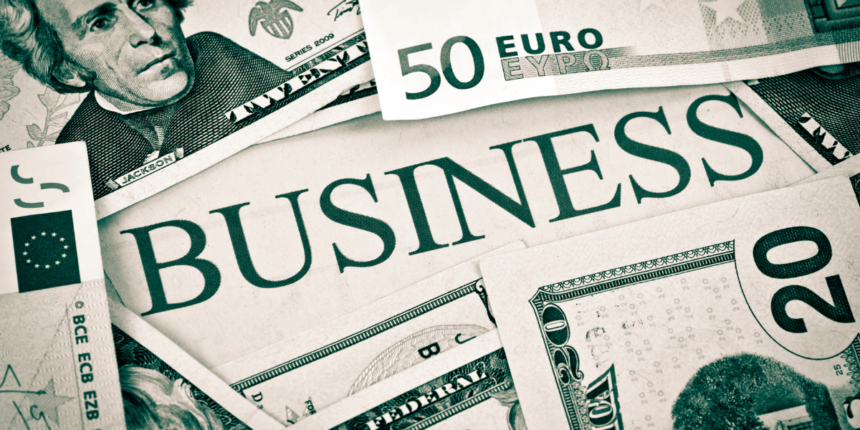Starbucks (NASDAQ:SBUX), a major player in the coffee industry, has announced a strategic shift aimed at improving operations. This new approach involves significant job cuts and the closure of certain underperforming stores, specifically targeting areas where the corporation sees little chance for financial viability or fails to meet the desired atmosphere for its patrons. Despite these closures, the company has also revealed plans to open new locations and refurbish 1,000 stores, positioning itself for a future expansion.
In a broader context, the move aligns with Starbucks’ yearly efforts to bolster its coffeehouse culture and customer engagement to boost sales. Past strategies have included efforts such as marketing campaigns and changes to the customer experience, like offering free refills, to encourage longer stays in cafés. These ongoing initiatives reflect the company’s proactive stance in adapting to current market demands and maintaining its brand prominence.
Why is Starbucks Closing Stores?
The decision to close stores arose from a careful evaluation of the North American operations. Starbucks assessed locations where creating the ideal customer environment was unfeasible or where financial performance lacked promise. In explaining these closures, CEO Brian Niccol noted,
“During the review, we identified coffeehouses where we’re unable to create the physical environment our customers and partners expect, or where we don’t see a path to financial performance, and these locations will be closed.”
What Does This Mean for Starbucks’ Future Plans?
The closures are not a retreat but part of a broader strategy to enhance the customer experience. As Starbucks leans into its coffeehouse culture, it aims to foster an inviting environment, encouraging patrons to spend more time in stores. Tressie Lieberman, Chief Brand Officer, expressed this vision, stating
“We’re reestablishing Starbucks as the community coffeehouse and reintroducing Starbucks to the world.”
Amid these efforts, Starbucks is also planning upgrades to its mobile app and rewards program. This is in response to evolving consumer habits, as more customers engage digitally. Though there has been a decline in comparable store sales, other metrics show positive results from these changes, suggesting a promising trajectory for Starbucks’ revitalization plans.
The changes are not without challenges, as emphasized by industry experts who highlight the complexity of adapting to a new competitive landscape. Scott Stuart, previously CEO of Turnaround Management Association, noted the delicate balance Starbucks must strike between maintaining its strong brand identity and adapting to innovative retail strategies.
The strategic decisions by Starbucks reflect its adaptive business model, catering to both in-store and digital customer experiences amid various market pressures. The future of Starbucks will depend significantly on the successful implementation of these initiatives and its ability to attract and retain its loyal customer base in an ever-changing marketplace.










